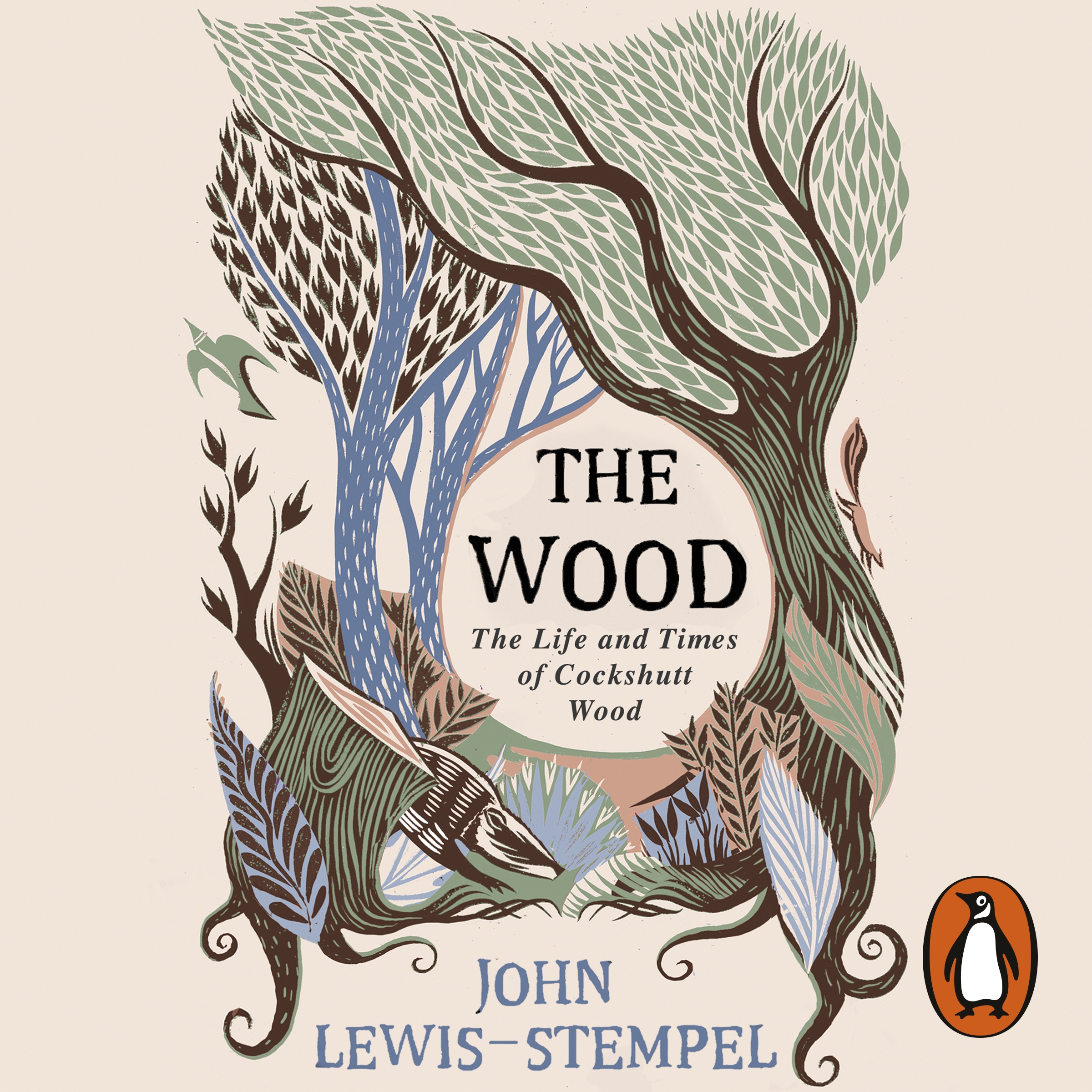

At times Collis does seem to link any kind of event that brings forth plenty as a evidence for God, while the strange and macabre seem to be put down to evolution, and I don't this you really can have it both ways.Īn annoying aspect of the book is its format. This clearly has some validity given the state of many rural ecosystems, but as a horse is maltreated to the point of bleeding within the first few pages, we do need to exercise caution. In the introduction to the book (the nearly ubiquitous) Robert Macrfarlane makes the point that there needs to be return to the type of agricultural management shown in the books. In this sense the book makes a clear ecological statement about connectivity in natural systems. A number of themes run through the books, most noticeably being one concerning "natural cycles" - the creation of new plants, animals, soil and air from older materials. Within the second book "The Wood" is the highlight, being concerned with the author's time in an Ash woodland. Of the two books I think that "Down to Earth" is the more readable - largely due to it containing fewer, but longer chapters than "While following. In both cases Collis manages to convey the shear hard work that is involved in both of these tasks, and the human toil involved in the maintenance of the "countryside".


Although Collis had a place in the military, as a consequence of training for WW 1, he felt he would be given a pointless "home" job to which he was unsuited, so he chose to work on the land.Īpart from the excellent writing, this book is important as it contains as (highly) detailed account of two forms of land management that were about to fall by the way side - labour intensive agriculture and coppice management of woodlands. Here they are presented as a single volume.

"While Following the Plough", an account of his works on two farms and "Down To Earth", which focuses more on his time as a forestry worker were published in the years that immediately followed the war. John Stewart Collis wrote two books about his experiences as an agricultural and forestry worker during the Second World War.


 0 kommentar(er)
0 kommentar(er)
